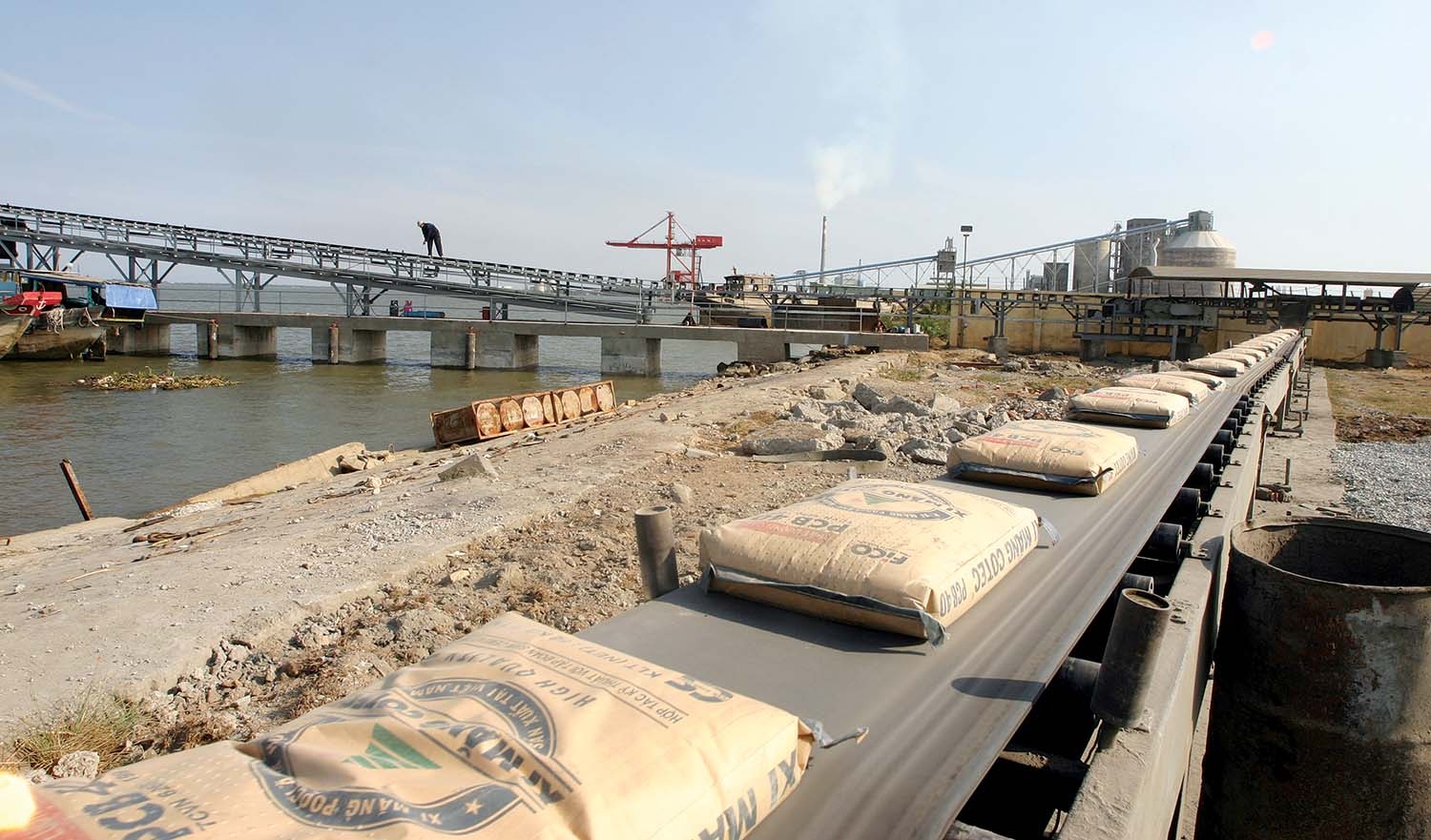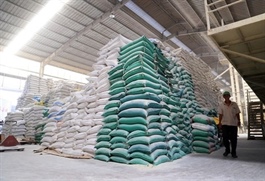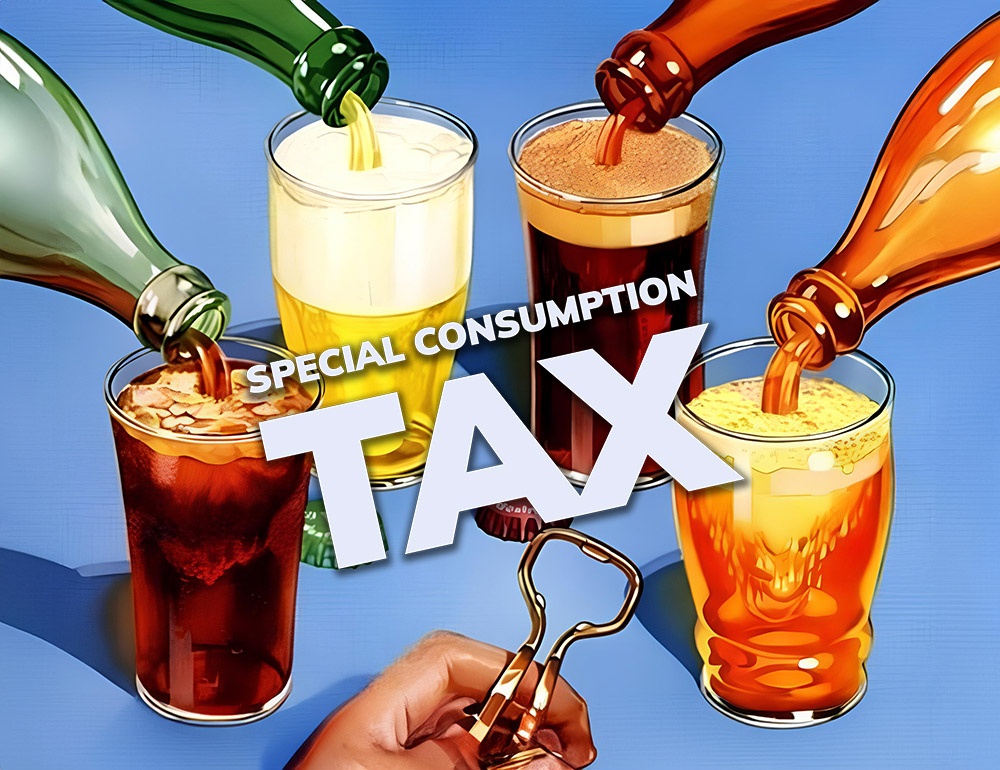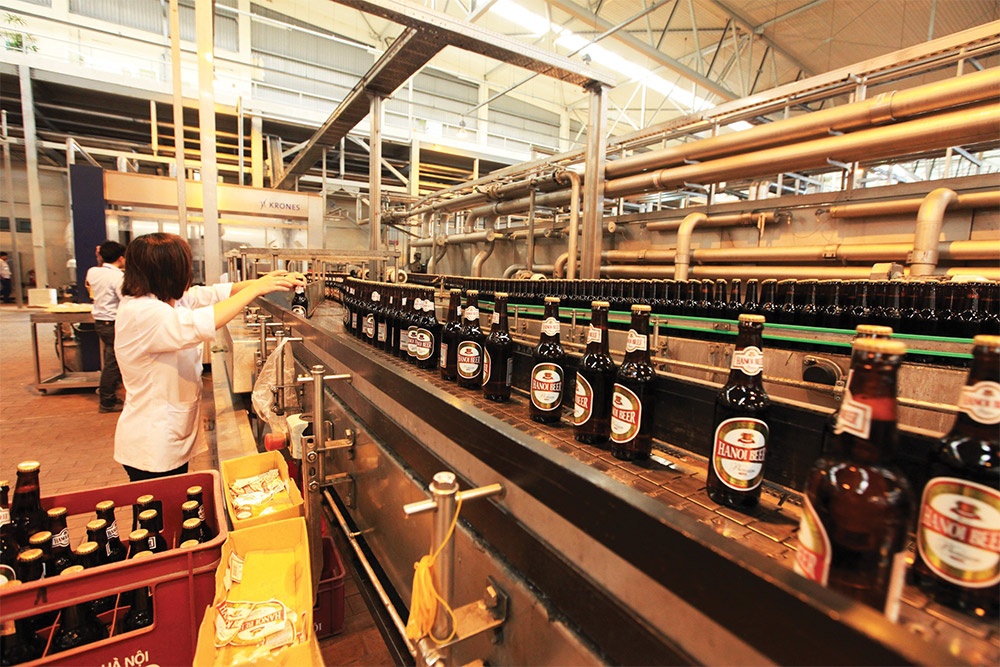VN spends US$1.53 billion in importing cotton in H1
VN spends US$1.53 billion in importing cotton in H1
Việt Nam imported 766,000 tonnes of cotton worth US$1.53 billion in the first half of this year, representing a rise of 21.6 per cent in volume and 9 per cent in value over the same period last year, according to updates from the General Statistics Office.
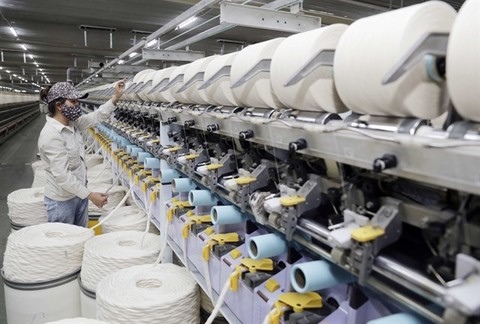
Fibre production at Hà Nam Textile Company. Việt Nam imported 766,000 tonnes of cotton worth US$1.53 billion in the first half of this year. — VNA/VNS Photo Trần Việt |
Import prices averaged $1,995.5 per tonne during the reviewed period.
Việt Nam mainly imports cotton from 11 markets, including Brazil (with a value of $443 million, up 111 per cent), the US ($400 million, down 18 per cent), Australia ($196 million, down 23 per cent) and India ($85 million, up 116 per cent).
Cotton imports from Pakistan saw the strongest increase by 3,380 per cent to 5,186 tonnes in the first five months of this year, with revenues increasing from $0.2 million to $9.1 million in the period.
Meanwhile, imports from the Republic of Korea dropped by 72 per cent to 324 tonnes.
Cotton imported from China had the highest average price of $3,832.3 per tonne, followed by the Republic of Korea with $2,179 per tonne, the US $2,098 per tonne and Australia $2,092 per tonne.
Cotton imported from Indonesia had the lowest price at $1,360 per tonne.
Việt Nam is the third largest cotton importer in the world with an import volume of around 1.5 million tonnes per year, serving mainly its textile industry. Việt Nam is the sixth largest textile and the third largest garment producer in the world, after China and Bangladesh.
According to the Việt Nam Textile and Apparel Association, domestic cotton production meets only 1 per cent of the demand for the sector, fibre 30 per cent and fabric 20 per cent.
The International Cotton Advisory Committee forecasts that the global cotton prices will be on upward trend over 2024, due to recovering demand and drops in output.







